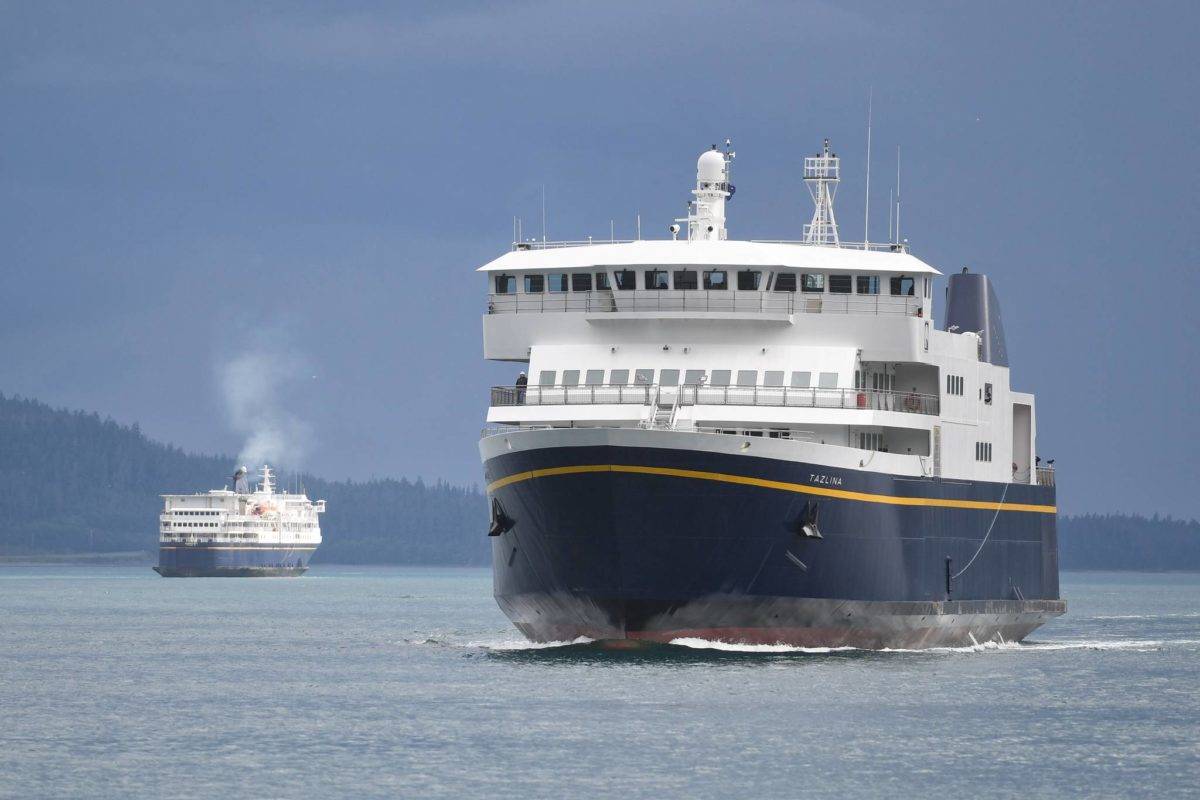Department of Transportation Commissioner John MacKinnon’s statements regarding ferry service were arbitrary and capricious. In case you missed it, he said, “You don’t see people dying in ferry accidents … you see people dying on roads in Alaska. When we reduce maintenance to our highways that’s a direct health, life, public safety issue. When we reduce ferry service, it’s a matter of inconvenience.”
No, Mr. MacKinnon, you don’t see people dying in ferry accidents and this is a major factor in people choosing to travel by ferry. And, yes, we do see people dying on roads. Alaska has approximately 75 highway fatalities each year, and I suspect that only a small percentage of these is due to actual highway maintenance and a larger percentage due to intoxicated drivers. But you forgot to mention the other mode of transportation highly utilized in Alaska: flying in small planes. When the ferry service is severely reduced, we are forced to fly. We have no other choice. This pushes us into a higher risk category and is comparatively expensive. In addition, reducing service in the fall and winter coincides with adverse weather conditions which contribute to a higher accident risk, delays and flight cancellations. Further, there are many people who cannot fly due to medical constraints and must use the ferry.
Traveling by ferry is not a convenience by any stretch of the imagination. If I need to go to Juneau for an important meeting or for a medical appointment I have a choice of flying or taking the ferry. With a 25-minute flight each way, I can go to Juneau and attend my appointment or meeting and return home the same day. I pay up to $240 and I take a higher risk of death or injury, as well as the risk of not making it due to weather, but it can be convenient.
Or I can take the ferry, if the ferry schedule accommodates my appointment and if I have three to five days to spare. I spend up to six hours on the ferry, arriving in Juneau too late to attend to any medical, dental, banking or other 8 a.m.-5 p.m. business operations that day. I have one full day to accomplish these tasks and then early the next morning I get back on the ferry for another four and a half to six hours. This is not convenient! However, it is less than half the cost of flying, the risk factor is very low, and it’s far less likely that weather will prevent travel.
It is my opinion that a reduction in ferry service is not a matter of inconvenience, but a matter of “health, life and public safety.”
MacKinnon, before you make public statements such as these, please consider whether you are doing your job or stating personal opinion. By depriving residents of coastal communities that are dependent on the AMHS of their most vital means of transportation you are blatantly disregarding the DOT&PF purpose statement which is to “Keep Alaskans moving through services and infrastructure”, and “… provide Alaskans with access to goods, services, economic opportunities, each other and the world.”
Sally McLaughlin,
Gustavus
• My Turns and Letters to the Editor represent the view of the author, not the view of the Juneau Empire.
